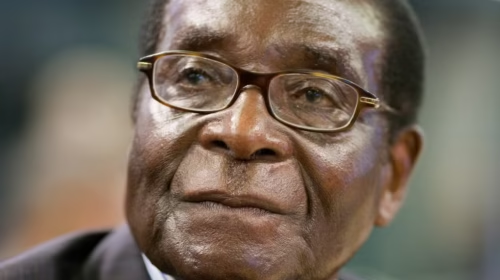Zimbabwe’s ongoing power crisis is slated to drag into 2025, as the nation grapples with electricity shortages that plunge residents into darkness for hours each day.
The root of the problem lies in the diminished capacity of the Kariba hydropower plant. Its output has plummeted to below 200 MW, from a potential 1,050 MW.
Compounding the issue, the Hwange Thermal Power Station, Zimbabwe’s largest coal-fired plant, suffers from frequent breakdowns due to its aging infrastructure.
ZESA Holdings, the country’s power utility, lacks the foreign currency needed to import electricity. This financial constraint hampers the ability to bridge the power gap.
Sydney Gata, ZESA Holdings’ executive chairman, acknowledged this dire situation in a recent press briefing, highlighting the severe impact on dependable power capacity.
More than half of Zimbabwe’s dependable power capacity has vanished, according to Gata, explaining the necessity for load shedding across the nation.
The cost to import electricity to cover this deficit is prohibitively high, further straining the already scarce foreign currency reserves.
Gata has optimistically mentioned the development of 18 new power stations, expected to add 4,600 MW to the grid by 2025, but skepticism abounds.
Past promises from Zimbabwean officials regarding energy solutions have often not materialized, leaving many to doubt the forthcoming improvements.
The local populace endures not just the inconvenience but also economic setbacks as businesses struggle to operate amidst these power outages.
The agricultural sector, heavily reliant on electricity for irrigation and processing, faces significant challenges, affecting food security and exports.
Manufacturing industries, already under pressure from economic instability, see further declines in productivity due to prolonged power cuts.
Small enterprises, the backbone of Zimbabwe’s economy, are particularly vulnerable, with many unable to afford alternative power sources like generators.
The ripple effects extend to healthcare, where power shortages can compromise patient care, particularly in hospitals lacking backup systems.
Education suffers as well, with students studying by candlelight or missing out on digital learning opportunities due to power constraints.
The crisis deepens social inequalities, as only those with the means can afford solutions like solar power or diesel generators.
Social media platforms are abuzz with Zimbabweans sharing their frustrations and coping strategies, highlighting a community resilience in adversity.
Despite the bleak outlook, there’s a glimmer of innovation as some locals turn to renewable energy solutions, albeit on a small scale.
Solar panels are becoming a common sight in urban areas, offering a glimpse into potential future energy independence, if scaled up.
However, the transition to such alternatives is slow, hindered by the initial high costs and the lack of widespread infrastructure support.
The government’s efforts to attract foreign investment for energy projects remain limited, with potential investors wary of the political and economic climate.
In the meantime, the daily life of Zimbabweans is punctuated by the rhythm of load shedding schedules, a stark reminder of the crisis at hand.
As the nation looks towards 2025, the path to energy stability seems fraught with more challenges than solutions, leaving many to hope for change.













